Vision therapy is often and effectively used for strabismus (commonly called esotropia or exotropia) If you have eyes that do not properly work together, you may have had eye surgery Unfortunately for many, eye surgery is not always effective in treating strabismusSome people have exotropia from childhood, called a "lazy eye" Others develop it as an adult due to a medical condition like a stroke or thyroid disease Others develop it as an adult when one eye loses vision The eye with poor vision can wander How is exotropia treated?Treatment of Exotropia Treatments involve the use of lenses and vision therapy Patching one eye may also make the person more aware of the eye that is misused COVD doctors will thoroughly evaluate this condition and provide treatment options Locate a Doctor in your area who is experienced and knowledgeable in diagnosing and treating exotropia

Rop Cap L V Prasad Eye Institute Eye Exercises Vision Therapy Lazy Hairstyles
Vision therapy for exotropia in adults
Vision therapy for exotropia in adults- Intermittent exotropia is the most common form of strabismus, characterized by an intermittent outward deviation of the eyes, affecting as much as 1% of the population 1,2 This condition most often presents in childhood and affects females more than males Control of the intermittent deviation can vary throughout the day 3,4 Treatment of intermittent exotropia Intermittent exotropia should be treated immediately, as any misalignment indicates that the eyebrain connection is not working effectively The most successful treatment for strabismus is vision therapy, usually with other means such as eye patching, eyeglasses, and surgery
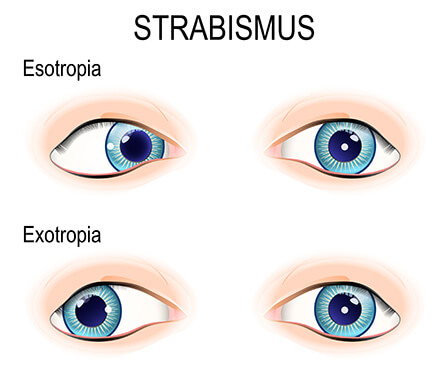



Strabismus Plymouth Vision Therapy Minnetonka Four Seasons Eye Mn
Treatment of Exotropia Treatments involve the use of lenses and vision therapy Patching one eye may also make the person more aware of the eye that is misused COVD doctors will thoroughly evaluate this condition and provide treatment options Locate a Doctor in your area who is experienced and knowledgeable in diagnosing and treating exotropiaVision therapy (also likely in conjunction with glasses) Patching ;Vision Therapy for Strabismus (Eye Turns), Exotropia, and Esotropia in Austin & San Antonio, TX Strabismus, often referred to as an eye turn or crosseye, is a condition that describes the improper alignment of the eyes The deviation of one eye is often due to the lack of coordination between the muscles of the eyes
Treatment for exotropia depends on how often you have symptoms andHollywood Eyes Dr Elise Brisco, OD, CCH talks about treatment!Exotropia is common and treatable, especially when diagnosed and corrected at a young age By about 4 months of age, the eyes should be aligned and able to focus
Visit https//wwwhollywoodvisioncom/ for more great vision therapy information Treatments range from prescription eyewear to surgery to align the eyes However, many vision therapy programs now incorporate exercises for the eyes as well These can help to improve coordination Intermittent exotropia is the most common form of exotropia and it is estimated that approximately 3% of Chinese teenagers suffer from this condition 1 The treatment of intermittent exotropia includes watchful observation,2, 3 patching,2, 3 prism,4, 5 overminus lens, 6 vision therapy7, 8, 9, 10, 11, 12, 13 and surgery14, 15 Currently, there is no consensus regarding which




Rop Cap L V Prasad Eye Institute Eye Exercises Vision Therapy Lazy Hairstyles




Pin On Lazy Eye Exercises
The length of therapy is individual and is dependent on each patient's diagnosis and the severity of symptoms The exercises involve the use of lenses, prisms, eye patches and other instruments to teach better control of eye focusing and coordinationMost intermittent alternating exotropias require optometric vision therapy, which incorporates the prescription of specific treatments in order to enhance fusional ranges, fusional stability, and vergence flexibility enhance accommodative/convergence relationships enhance near point ofSurgery on the eye muscles to realign the eyes;




Juarez Eye Optical Clinic Juarez Vision Center 首页 Facebook



Strabismus
Most people with intermittent exotropia (the most common form) can learn to recognize the problem and eventually control it with certain techniques taught in vision therapy Special glasses with prisms can be used to decrease double vision in patients with constant exotropia In moderate to severe cases in children, an eye patch may be recommendedThe treatment of monocular comitant exotropia requires the use of optometric vision therapy, which may include the use of lenses and/or prisms In some cases, surgery may be required in conjunction with preand postsurgical optometric vision therapy, which incorporates the prescription of specific treatments in order to equate monocular skillsThis course will overview the treatment of intermittent and constant exotropia with vision therapy Tips on how to perform different therapy techniques and how to modify techniques to help improve sensory and motor fusion in exotropia patients will be discussed Case examples will be presented to highlight key points




Pdf A Tale Of Intermittent Exotropia And Amblyopia Does Vision Therapy Help




Visual Information Processing Evaluation And Orthoptic And Vision Therapy Pdf Free Download
Patients who received officebased vision therapy for intermittent exotropia in a private optometric clinic were reviewed Patients with intermittent exotropia treated with and without strabismus surgery were both included The pretherapy baseline data were compared to the reevaluation data obtained at the last therapy session Vision therapy is a customized program, often using computer with software designed to increase convergence Eye surgery and lenses with builtin prisms have not proven to be very useful Eye surgery and lenses with builtin prisms have not proven to be very usefulIn the largest study of vision therapy for intermittent exotropia published to date, Patano (19) reported an average treatment duration of 1 month The second largest study of vision therapy for intermittent exotropia, by Cooper and Leyman (1977), reported a




Vision Therapy For Intermittent Exotropia A Case Series Sciencedirect




Visual Information Processing Evaluation And Orthoptic And Vision Therapy Pdf Free Download
Intermittent Exotropia Martin H Birnbaum, OD Originally published in the Journal of Behavioral Optometry, Volume 1, Issue 1 Intermittent exotropia is one of the most commonly encountered varieties of strabismus Treatment is successful in approximately 90% of cases presenting for optometric vision therapy, according to welldocumented studiesExotropia — a common type of strabismus — is the outward deviation of an eye (eye turns away from the nose) When the eye turns outward only some of the time, it is called intermittent exotropia Most exotropia is intermittent In many cases, the eye turn might only be visible during stressful situations or when the person is tired, ill or This kind of exotropia can occur in individuals of any age, and since the vision problem is treatable, it should be addressed immediately Like other forms of exotropia, contacting Vision For Life is highly recommended so the eye turn




Vision Therapy For Patients With Strabismus Esotropia Exotropia



Vision Therapy For Divergence Excess
New Research Sheds Light on Intermittent Exotropia Surgical correction of intermittent exotropia is a breadandbutter procedure for many pediatric ophthalmologists But a recent study in the British Journal of Ophthalmology ( BJO) 1 and an accompanying editorial 2 call into question the notion that intermittent exotropia is straightforward or Vision therapy (VT) is a commonly prescribed treatment for children with intermittent exotropia (IXT) The effectiveness of VT as a treatment modality for children with IXT is unknown because previous studies have largely limited observational or retrospective case series without comparison groups The objective of this multicentered pilot randomized trial of VT for Athome vision therapy is a therapy type that acts as brain and eye physical therapy It is a nonsurgical treatment that eye doctors can use to treat many common visual issues ( Learn More) It is an option for children and adults, but it is most often used for children In addition to vision problems, this therapy may benefit learning
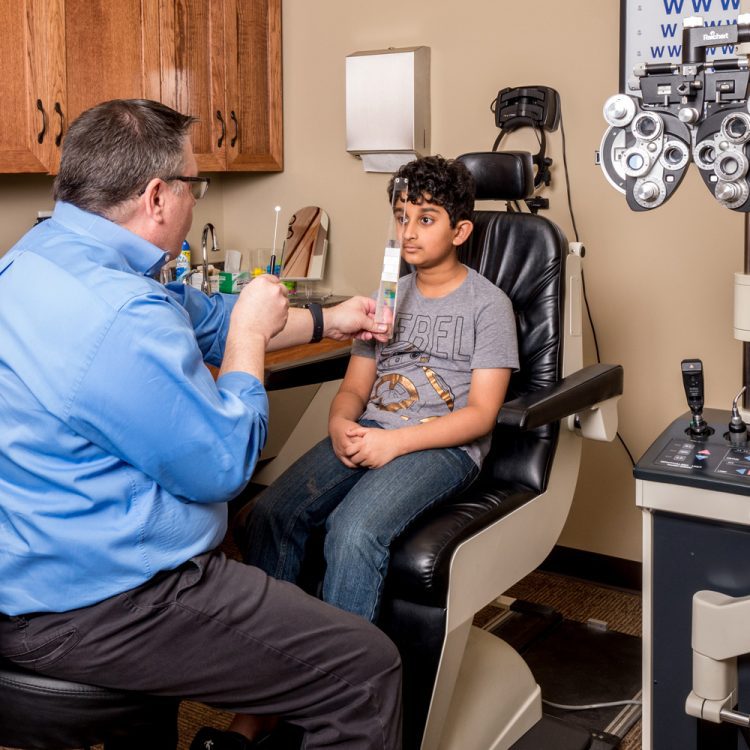



Vision Therapy Family Vision Development Center




Exotropia Outward Deviation Of The Eye Prosper Family Eyecare And Vision Development Center
Unlike surgery, which aims to reduce the size of the deviation, vision therapy is a treatment that mainly focuses on improving the control of exodeviation Through vision therapy, visual skills that may contribute to the control of exodeviation are trainedSensory exotropia may occur at any age If the visual problem is treatable, it should be addressed as soon as possible In cases of permanent vision loss, surgery to straighten the eye is often an option How is exotropia treated?Background Intermittent exotropia (IXT) is the most common form of childhood exotropia 1, 2 with an incidence of 321 per 100,000 in children under 19 years of age 1 The strabismus is characterized by an exodeviation of one eye that is interspersed with periods of ocular alignment 3 Reliable measurement of the deviation is often hindered by the variable nature of the strabismus,




Management Of Intermittent Exotropia Of The Divergence Excess Type A Teaching Case Report The Journal Of Optometric Education




Vision Therapy Philippines At Vision Science Institute Vision Therapy Success Story Strabismus With English Subtitles Facebook
Treat the esotropia or exotropia (align the visual axes) to promote and maintain binocular vision (fusion, stereopsis), prevent or facilitate treatment of amblyopia, and restore normal appearance To maximize quality of life by optimizing binocular alignment and visual acuity To monitor vision and binocular alignment and modify therapy asNonsurgical treatment may include glasses and in some instances, patching therapy may be recommendedVision therapy for both patients consisted of weekly inoffice sessions each lasting 45 minutes, followed by 15 minutes of daily home therapy activities The first five weeks of vision therapy focused on antisuppression, diplopia awareness, gross convergence, and increasing the amplitudes of accommodation
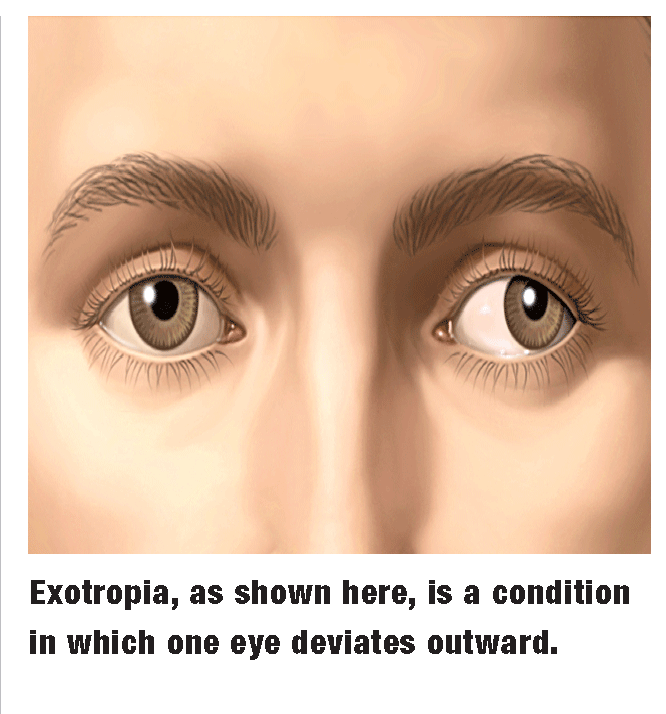



Do You See A Pattern
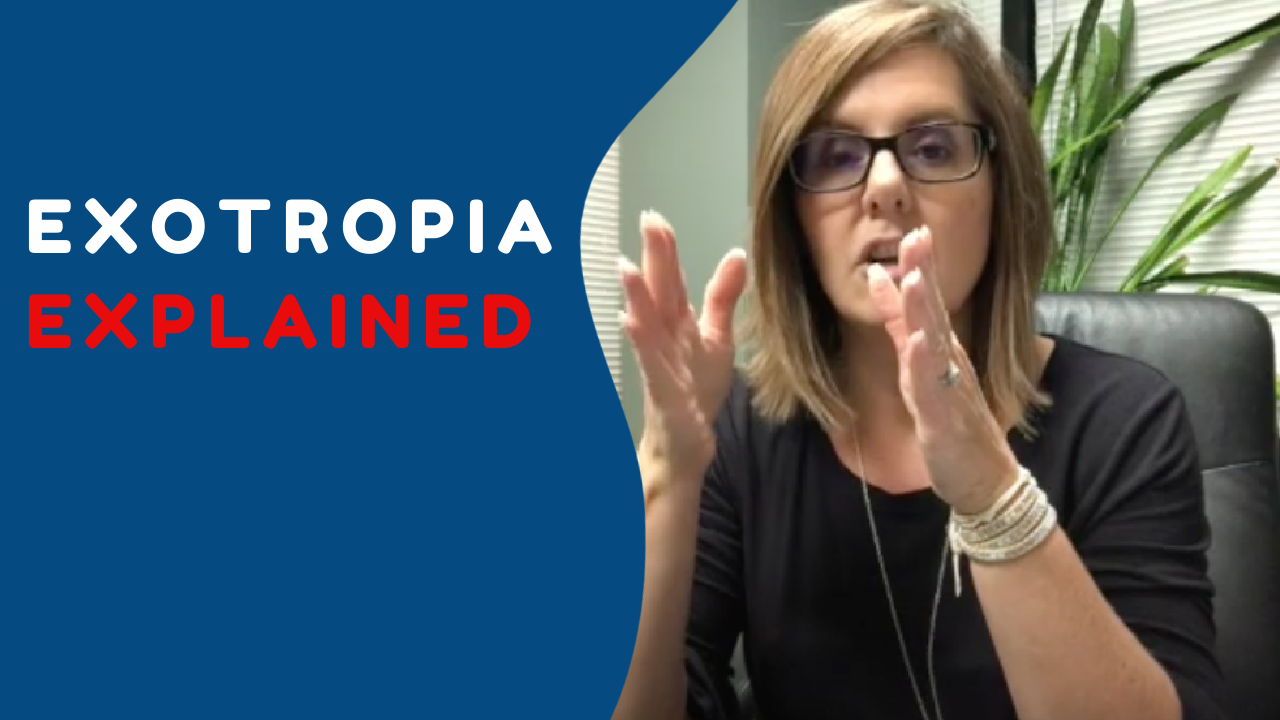



What Is Exotropia Vision For Life Success Vision Therapy Center
Vision evaluation, he was referred for a vision therapy program to improve fusional ranges, accommodative function, and symptoms This program consisted of sessions and significantly improved his binocular skills Discussion Basic intermittent exotropia can be treated in various ways Vision Therapy is a worthwhile option Vision Therapy Vision therapy is often very effective in improving fusion (or fusional range) The goal of therapy is to help a patient learn to team both eyes together quickly and efficiently Vision therapy for exophoria has a similar appearance for esophoria, but the key focus is working on convergenceIf you don't treat it, strabismus can lead to vision damage, including double vision, reduced vision, and amblyopia, also known as lazy eye Eye Exercises as Therapy Treatment is vision therapy




How To Fix Exotropia 9 Steps With Pictures Wikihow




Vision Therapy Philippines
In other cases of exotropia, it is not common to find a complete resolution of the condition While patching, glasses, or vision therapy can help, exotropia may remain present Potential Complications of Exotropia Exotropia can cause complications, including Headaches;Treatment for exotropia aims to ensure proper vision in both eyes and to straighten the eyes Among the treatment options for exotropia are Glasses ;AmblyoPlay® is a vision therapy solution that is performed through playing therapeutic games and exercises on your tablet or computer for 30 minutes per day With exercises that adapt to each patient and their specific needs, it is ideal solution for problems such as lazy eye, strabismus, convergence insufficiency, double vision or other binocular problems




Esotropia Inward Eye Turn




Pdf Optometric Vision Therapy In The Management Of Consecutive Intermittent Exotropia With Dissociated Vertical Deviation And Anomalous Correspondence A Case Study Semantic Scholar
Treatment of Exotropia using vision therapy, lenses, patching or surgery Treatments fo exotropia involve the use of lenses and vision therapy Sometimes surgery is required Patching may also work in some cases Patching one eye may make the patient more aware of the eye that is misused, leading to gradual correction of the eye turnVision therapy, which includes exercises and activities to improve eye alignment Exotropia surgery Some cases of exotropia will require surgery to realign the eye muscles For children with congenital exotropia, surgery is usually recommended early in life to maximize vision benefits and reduce the risk of complicationsAdvanced Vision Therapy Center is Idaho's premier clinic for Vision Therapy, NeuroOptometric Vision Rehabilitation and Sports Vision Training We offer vision assessments and customized treatment for both children and adults that are tailored to




Exotropia Outward Eye Turn




3 Proven Exercises For Strabismus Lazy Eye Selectspecs Glasses Blog
Intermittent exotropia is the most common type of strabismus It is defined as a nonconstant exodeviation that manifests predominantly at distance fixation and may progress over a variable period to near fixation This entity is also named distance exotropia, divergent squint, periodic exotropia, or exotropia of inattention Small exophorias are common in newborns and can beKeywords Diplopia, exotropia, hypertropia, prism, vergence, vertical strabismus, vision therapy Introduction Patients with symptomatic primary vertical deviations, with or without a horizontal component, are commonly managed with vertical prism in spectacles as the preferred treatment1 The term "primary vertical deviation" means thatIntermittently Alternating, Constant Esotropia From the book Vision Therapy Success Stories From Around the World edited by Marc B Taub, OD, MS and Pamela H Schnell, OD published by the Optometric Extension Program Foundation 15
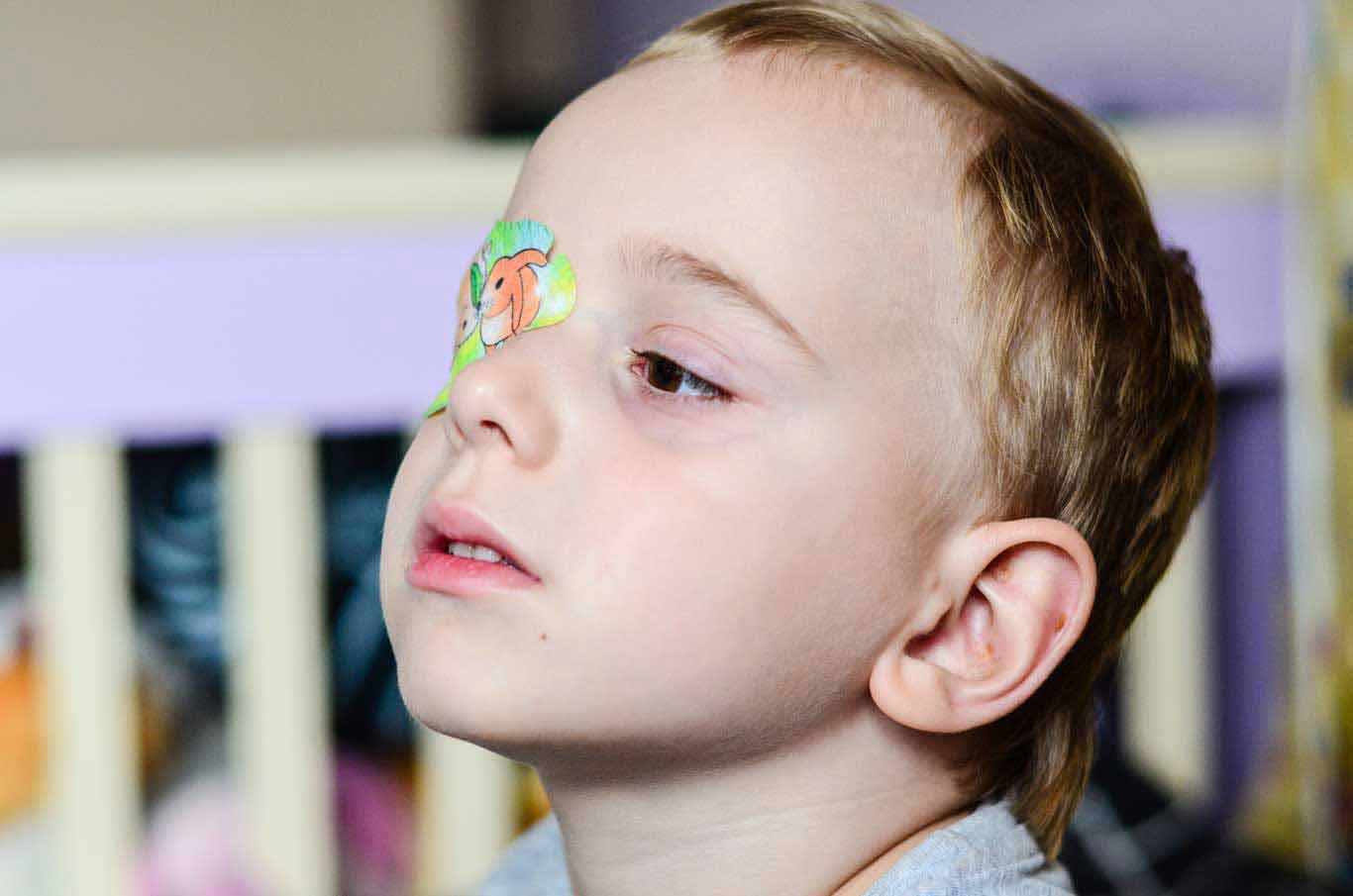



How To Fix A Lazy Eye Amblyopia Treatment Correction W Vision Therapy Eye Patching And Or Surgery For Children And Adults



1
Bridgeman has a condition called intermittent exotropia in which one eye drifts outward and the brain only uses the image from the nondeviating eye In order to see in 3D one must be using both of their eyes as a team at the proper distance ← Meet Jo A Vision Therapy Success Story



The Basics Of A Strabismus Exam



Vision Therapy Northwest Eye Care Professionals




Pdf A Tale Of Intermittent Exotropia And Amblyopia Does Vision Therapy Help Semantic Scholar




Vision Therapy Vancouver Strabismus Crossed Eyes Esotropia Exotropia Hypotropia Hypertropia Squint Walleye Misalignment Of The Eyes Comitant Strabismus Noncomitant Strabismus Dr M K Randhawa Vision Source




Strabismus Treatments Without Surgery With Exercises Vision Therapy
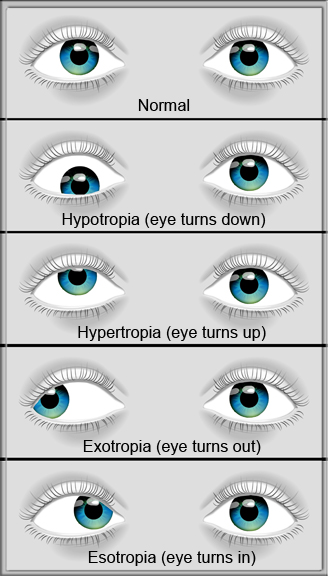



Strabismus Amblyopia Neuro Vision Development Center




Pdf Vision Therapy For Intermittent Exotropia A Case Series



1




3 Proven Exercises For Strabismus Lazy Eye Selectspecs Glasses Blog




Strabismus Plymouth Vision Therapy Minnetonka Four Seasons Eye Mn




Vision Therapy For Eye Turns Success Stories Optometrists Org
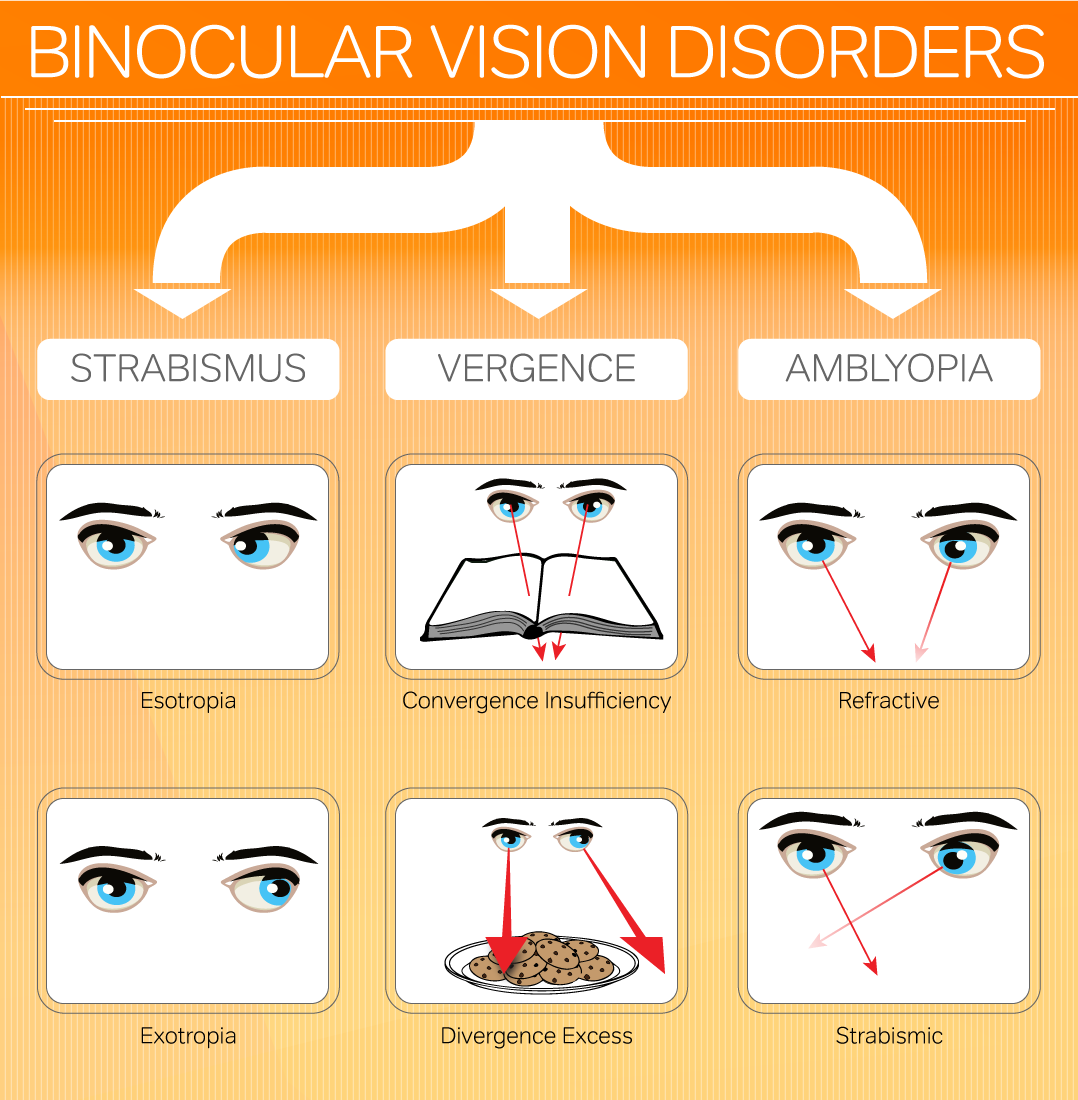



Signs And Symptoms Of Binocular Vision Problems
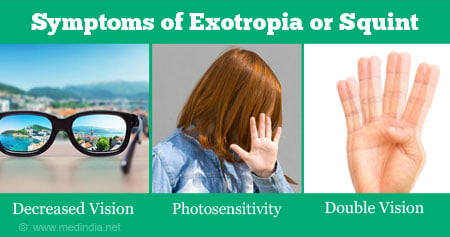



Exotropia Types Symptoms Diagnosis Treatment Prevention




Vision Therapy Philippines
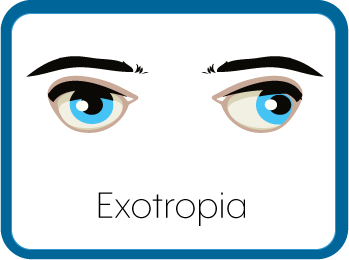



Exotropia




Vision Therapists Needed In Cromwell Ct 4d Vision Gym




Four Circles Vision Therapy Vision Therapy Success Story Daisy Was Diagnosed With Exotropia A Variation Of Strabismus Which A Eye Turns Out When Attempting To Look Straight Ahead Through Her Program




What Is Exotropia Optometrists Org




Esotropia Cured With Optometric Vision Therapy 1 Of 2 Youtube




What Is Esotropia And Can Vision Therapy Help Youtube




Fixing Aloise S Gaze Strabismus Wow Vision Therapy Youtube




Vision Therapy For Intermittent Exotropia A Case Series Journal Of Optometry
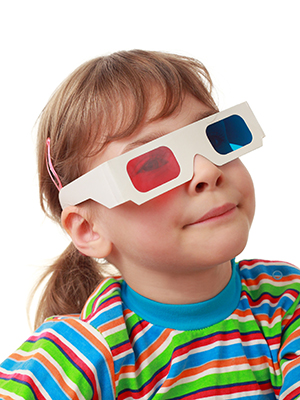



Buffington Optometry Llc About Vision Therapy Woodruff Wausau Wi




Exotropia




Strabismus Exotropia Success Story Wow Vision Therapy Facebook



Dr Iole Taddeidr Iole Taddei




How To Fix Exotropia 9 Steps With Pictures Wikihow




Vision Therapy For Intermittent Exotropia A Case Series Sciencedirect




3 Eye Exercises For Strabismus Healthline




Non Surgical Correction Of Exotropia Dr Claudia Lee Optometrist




How To Fix Exotropia 9 Steps With Pictures Wikihow



1



Vision Therapy Northwest Eye Care Professionals




Pdf Efficacy Of Vision Therapy In Impaired Stereoscopic Depth With Intermittent Exotropia True Divergence Excess With Unilateral Amblyopia A Case Report








Vision Therapy에 있는 핀




Pdf Orthoptic Treatment In The Management Of Intermittent Exotropia
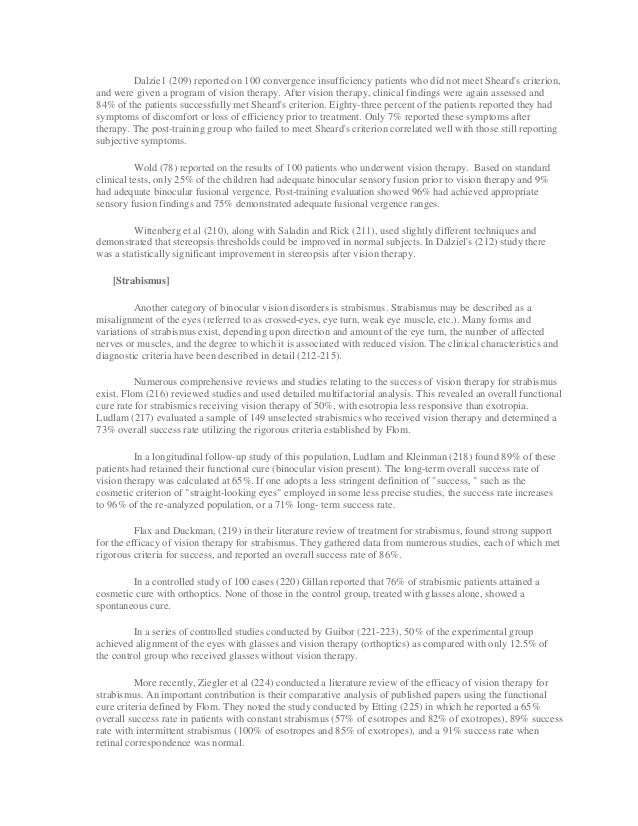



The Effectiveness Of Vision Therapy




Vision Therapy Success Stories Philip




Pdf Outcome Of Strabismus Surgery And Vision Therapy In A Case Of Intermittent Exotropia
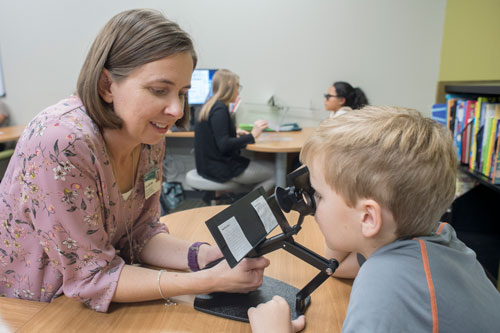



Vision Therapy Clinic School Of Optometry Uab




What Is Vision Therapy



Vision Therapy Learning Related Disorders Concussion Lazy Eye
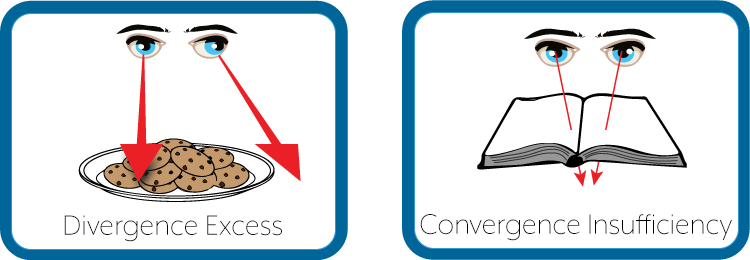



Exophoria




Grace S Outward Turned Eye Family Eyecare




Pdf A Tale Of Intermittent Exotropia And Amblyopia Does Vision Therapy Help
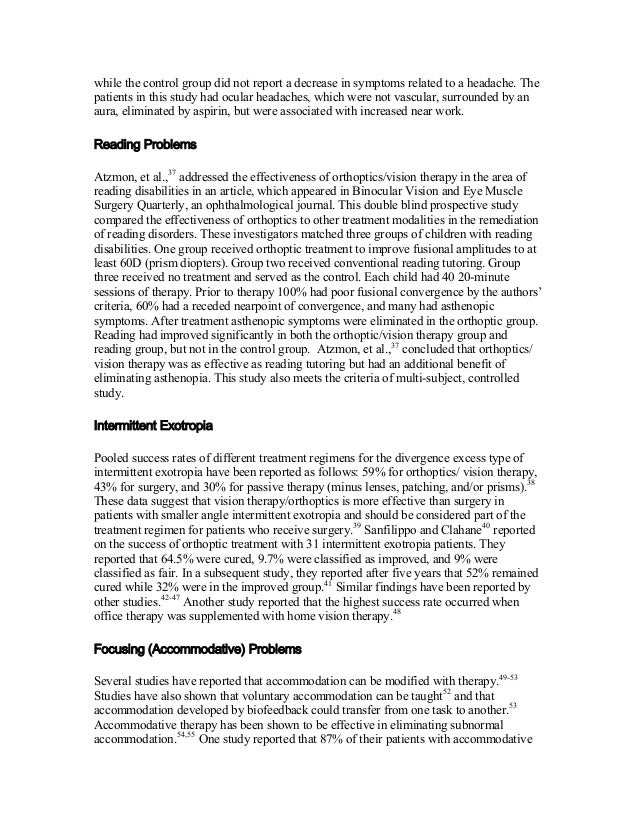



03 Summary Of Research On The Efficacy Of Vision Therapy Fo




Vision Therapy San Diego Center For Vision Care




Strabismus
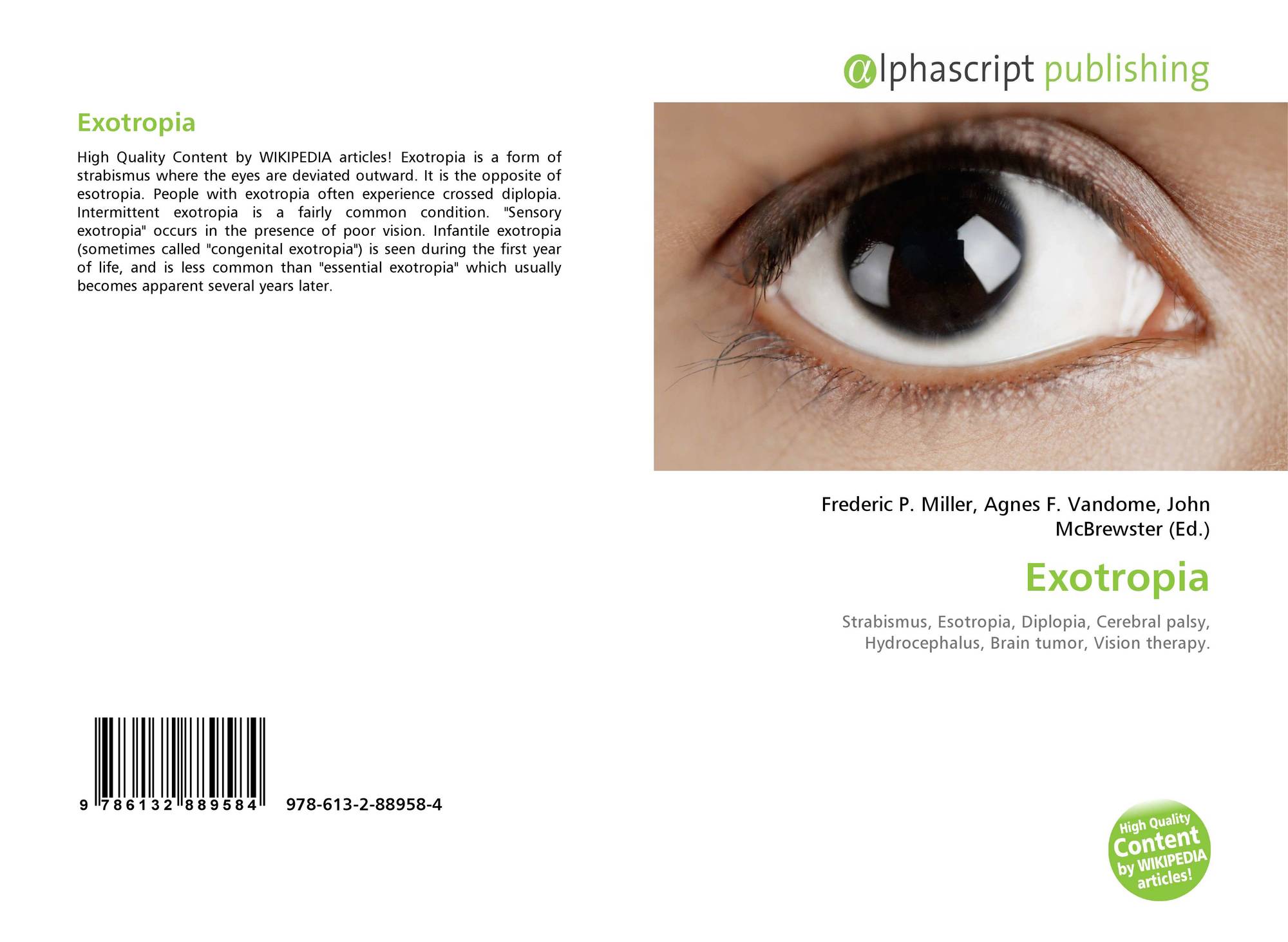



Exotropia 978 613 2 858 4




Exotropia Explore Facebook




How To Fix Exotropia 9 Steps With Pictures Wikihow




Pa Vision Therapy Philippines At Vision Science Institute Facebook
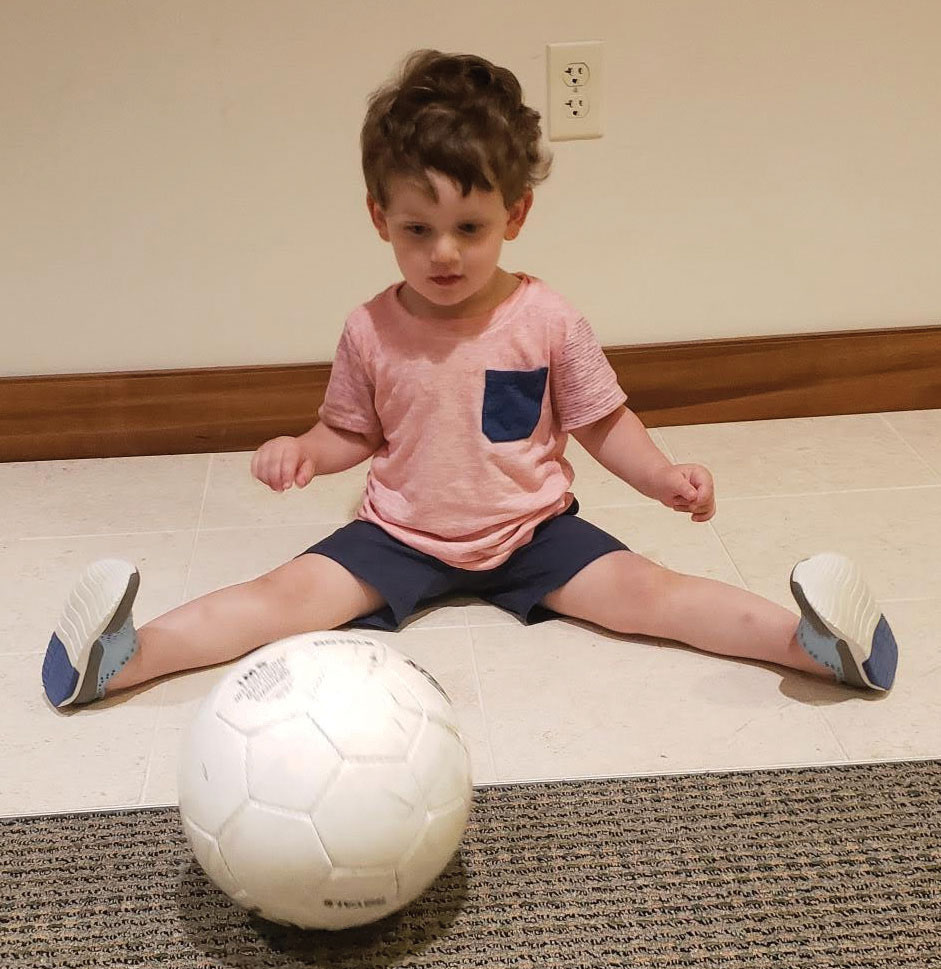



Sizing Up Strabismus




Strabismus Treatment Gallaway Beckett Vision Therapy New Jersey Philadelphia




Vision Therapy Success Story Strabismus Exotropia Eye Turn Outward Vision Therapy Philippines




Exotropia Outward Eye Turn



Strabismus Ananthaksha Super Speciality Eye Hospital




Vision Therapy For Exotropia Lynn Hellerstein
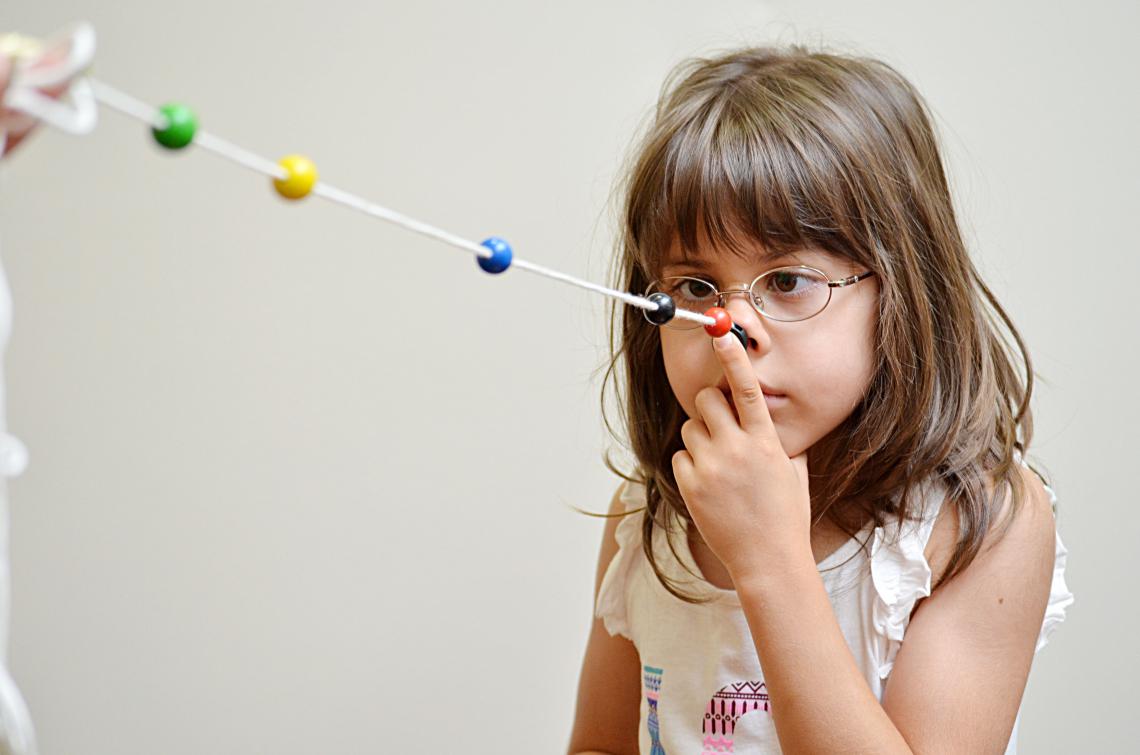



What Is A Brock String




Pdf Stereopsis Deficiency Treatment Using Virtual Reality Games In Exotropic Candidate For Firefighte




A Nail In The Coffin Of Over Minus Lens Treatment For Intermittent Exotropia The Visionhelp Blog
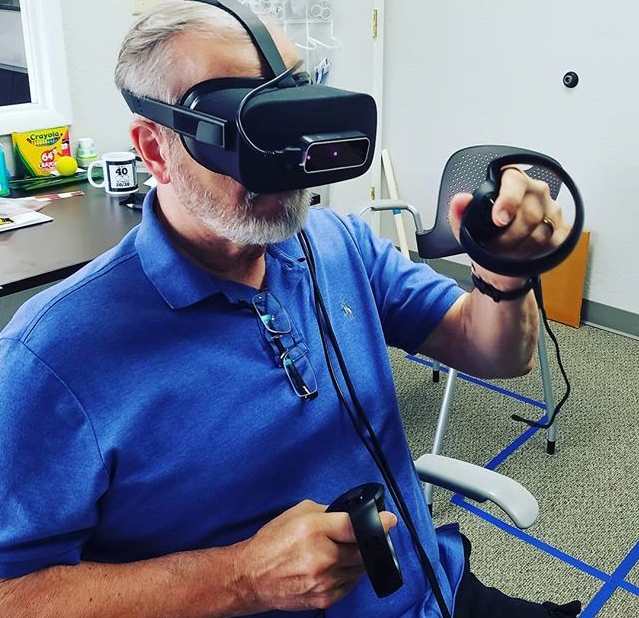



Vision Therapy For Adults
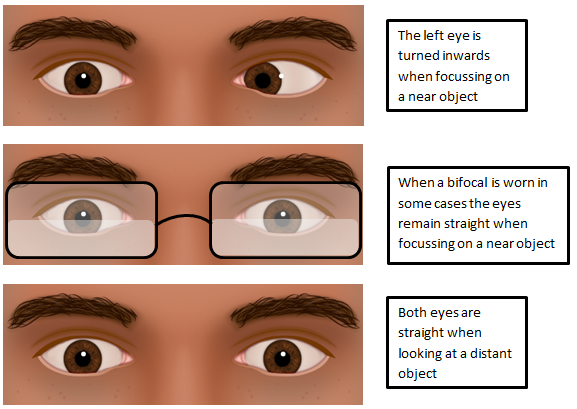



O Xrhsths Amblyoplay Sto Twitter Intermittent Esotropia Is A Type Of Squint When An Individual Is Looking Beyond 3m No Squint Can Be Seen The Squint Is Only Seen When Focusing On




Vision Therapy Bmc Healthnet Plan
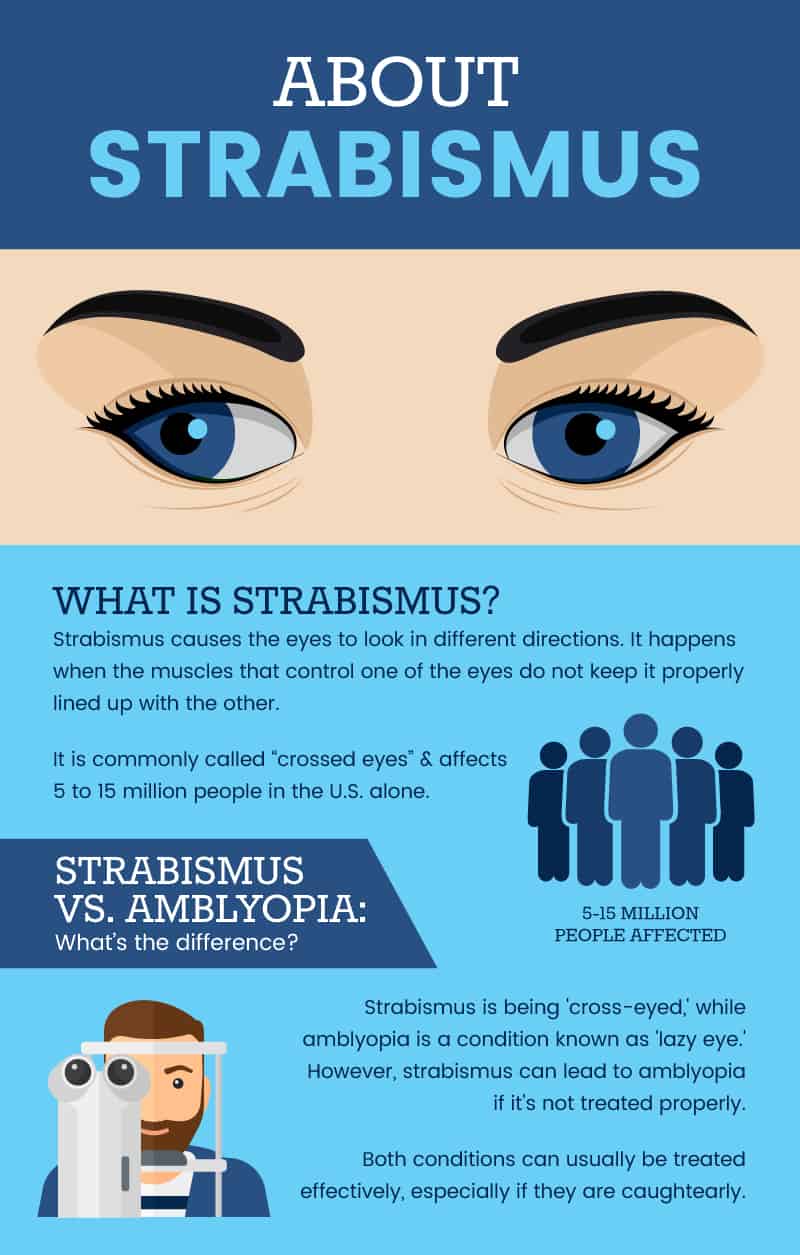



Strabismus Natural Ways To Help Resolve Crossed Eyes Dr Axe



2




Vision Therapy For Adults College Of Optometrists In Vision Development Covd




How To Fix Exotropia 9 Steps With Pictures Wikihow




Management Of Intermittent Exotropia Of The Divergence Excess Type A Teaching Case Report The Journal Of Optometric Education




Visual Information Processing Evaluation And Orthoptic And Vision




Pdf A Tale Of Intermittent Exotropia And Amblyopia Does Vision Therapy Help Semantic Scholar




Types Of Strabismus Vector Illustration Medical Knowledge Eye Exercises Medical Student Motivation




Vision Therapy Prosper Family Eyecare And Vision Development Center




Vision Therapy For Toddlers An Exercise In Patience For Little Eyes




Vision Therapy Panorama Optometry




Management Of Intermittent Exotropia Of The Divergence Excess Type A Teaching Case Report The Journal Of Optometric Education




How To Treat Crossed Eyes Strabismus Vision Eye Eye Exercises Eye Health




What Is Accommodative Esotropia
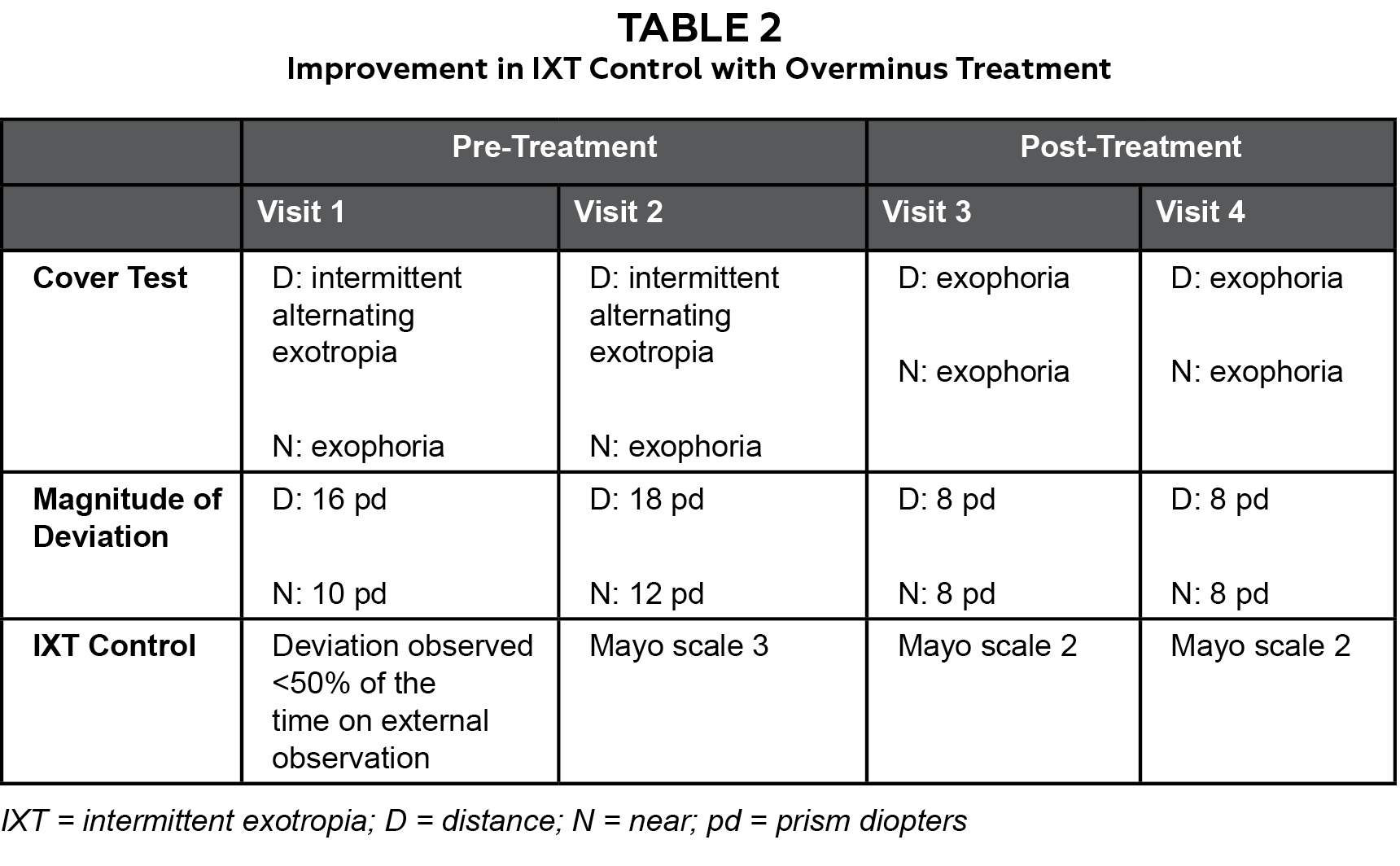



Management Of Intermittent Exotropia Of The Divergence Excess Type A Teaching Case Report The Journal Of Optometric Education



0 件のコメント:
コメントを投稿